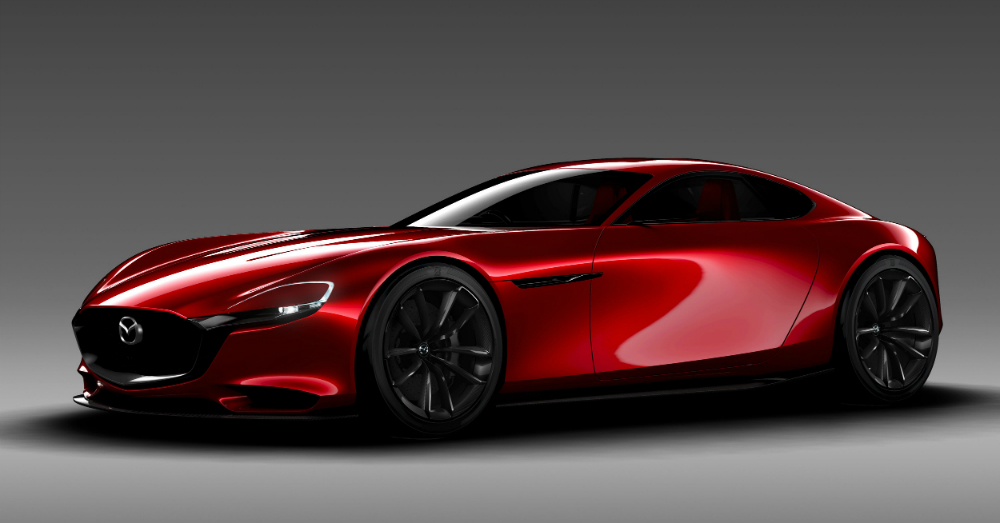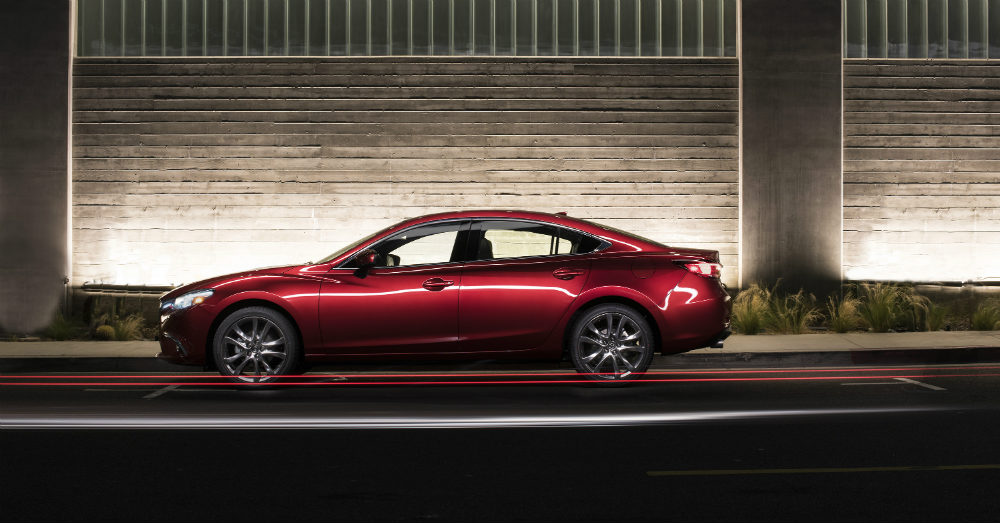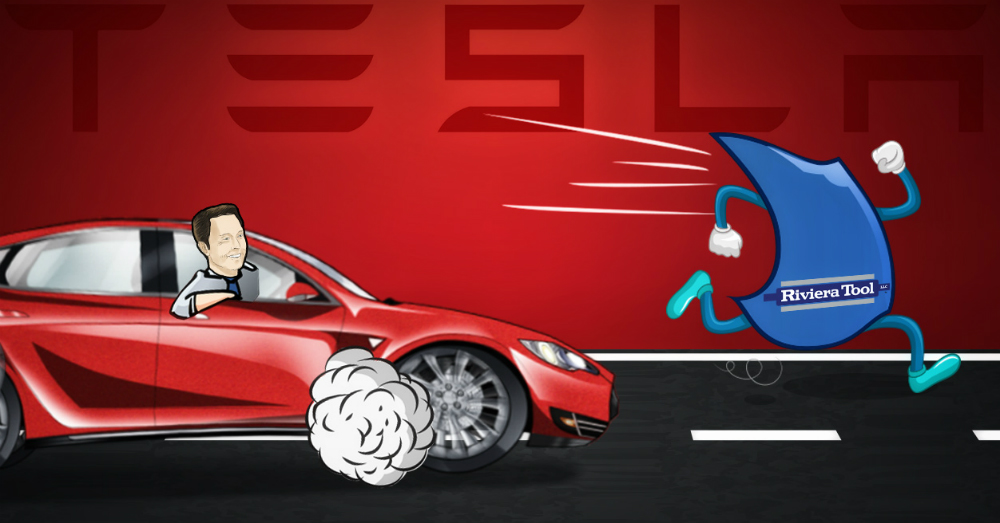The rotary engine has been around for a long time, offering angry sounds and high redlines that have been created by Mazda as an unconventional engine build. The reality is we need to know about how these engines work in order make sure we understand them and figure out why they are not offered as an engine that is found in most of the cars on the market. Knowing how they work is one thing, but understanding the inefficiencies can ensure you fully understand why these engines are not found in more cars on the market today.
Typically the problems you face with the rotary engine comes in two forms; emissions and fuel economy. In order to understand just how inefficient the engine is compared to a similar build, the Mazda RX-8 stands up next to the Volkswagen GTI. These two cars have a similar power and weight but the GTI is 55.5% more fuel efficient than the RX-8. Most FWD layouts are more efficient than the RWD models, but this massive difference is pretty obvious and important to understand. The normal difference between these two drivetrains is based on friction loss, but in this case it also has a lot to do with the different builds of the engines.
As for the emissions part the rotary engine is currently dead because it so far cannot conform to the EPA regulations at all. This is something Mazda is working on because they really want to be able to put this engine in the RX-9 or the RX-7 using the SkyActiv-R technology. This may come from a 450 horsepower twin-turbocharged engine that will be able to possibly give us some better fuel mileage than any current form of the rotary engine. This hurdle is one that will be the most challenging for Mazda to overcome, but they expect to be able to do it.
What makes the engine different? The rotary engine, often called the Wankel engine, named after the first creator of this engine offers a uniquely designed and shaped combustion chamber. The unburnt fuel is sent through the exhaust which does add to the emissions. The fact that the oil is directly injected into the combustion chamber also makes for increased emissions and terrible gas mileage. These will be the challenges facing Mazda as it works to be able to put this engine back in its lineup.
The benefits of the rotary engine come not only with the powerful sound, but the balanced performance and the fact that you can receive a lot more power from a much smaller engine build. If this engine didn’t offer these things it would have been completely dead a long time ago but there has to be some positives in order for this to be an engine that is considered for any model. Mazda is the company to bring it back as they have more experience with this engine than any other company so hopefully we will see an efficient enough version on the next offering of the RX-9 or RX-7.
This post may contain affiliate links. Meaning a commission is given should you decide to make a purchase through these links, at no cost to you. All products shown are researched and tested to give an accurate review for you.




